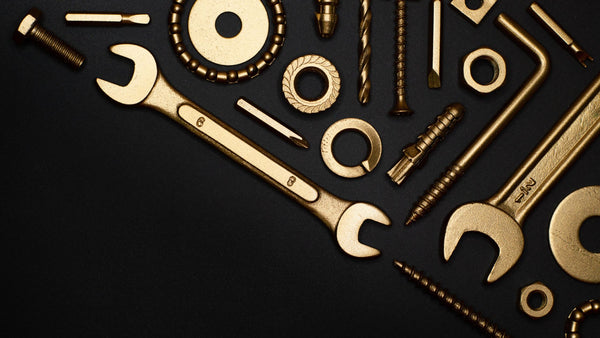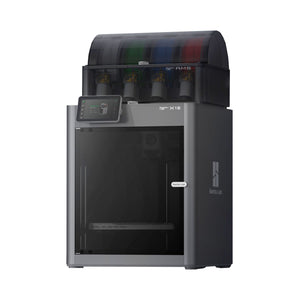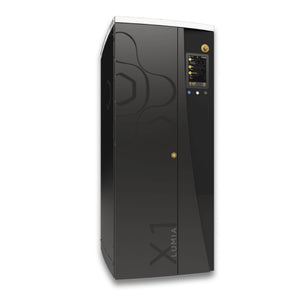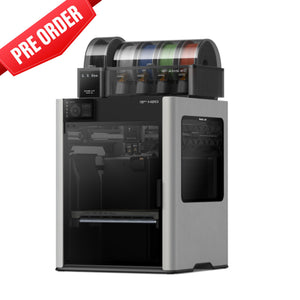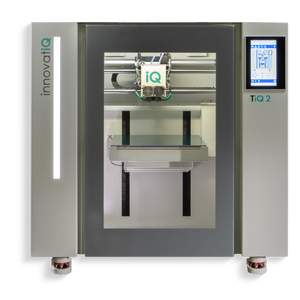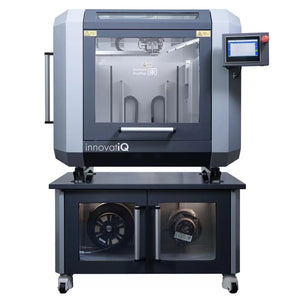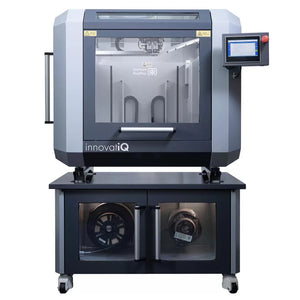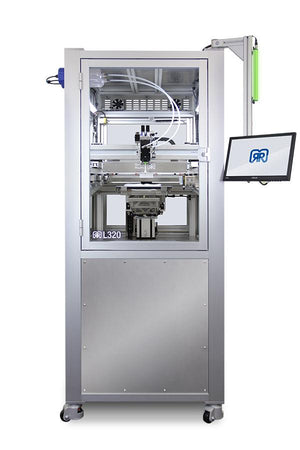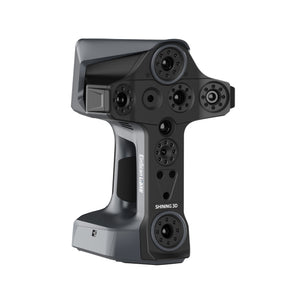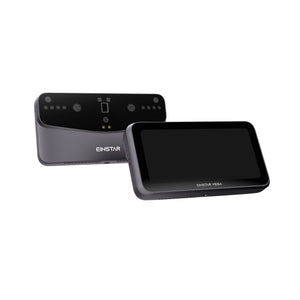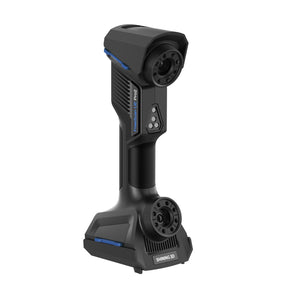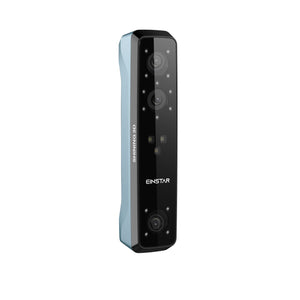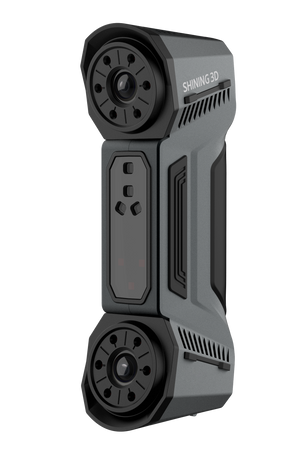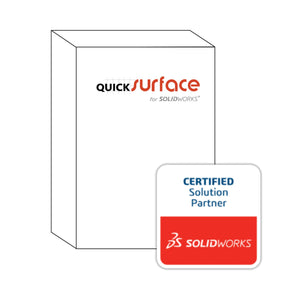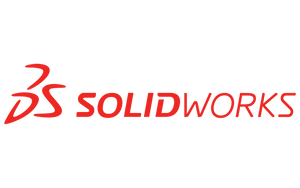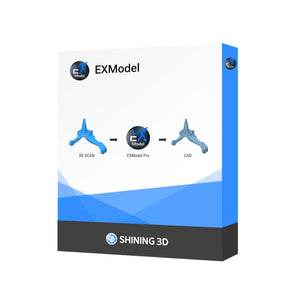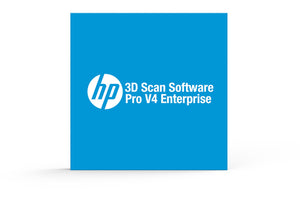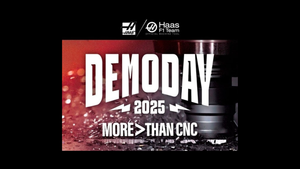Apr 26, 2024
3D Printing Tolerances for Polymer Parts
When you're 3D printing, tolerances are just the "wiggle room" you have for how much the size of your printed part can differ from what you originally designed on your computer. Think of it like a guideline that helps ensure your finished print looks just right, not too big or too small.
The perfect tolerance depends on a few things, like what 3D printing method you're using, the material, what you're making, and what you need it for. Here's a quick look at what to expect with some popular 3D printing techniques:
Fused Deposition Modeling (FDM)
- Fused Deposition Modeling (FDM) gives you a bit more leeway, so it's great for bigger, less detailed projects.
- Tolerance: ±0.5 mm (±0.02 inches)
- Layer resolution: 0.1 mm to 0.3 mm (0.004 inches to 0.012 inches)
- FDM is generally less precise and may require adjustments based on the printer's calibration and material characteristics.
Stereolithography (SLA) & Digital Light Process (DLP)
- Stereolithography (SLA) & Digital Light Process (DLP) are fantastic for when you need really precise, detailed work.Tolerance: ±0.1 mm (±0.004 inches)
- Layer resolution: 0.025 mm to 0.1 mm (0.001 inches to 0.004 inches)
- SLA achieves higher precision and finer details, suitable for applications where tight tolerances are essential.
Selective Laser Sintering (SLS)
- Selective Laser Sintering (SLS) is super for complex shapes that need to be robust.
- Tolerance: ±0.1 mm (±0.004 inches)
- Layer resolution: 0.1 mm (0.004 inches)
- SLS is good for complex geometries without support structures, though it can experience material-dependent warping or shrinkage.
Each method has its own set of rules for how precise it can be, so choosing the right one can make all the difference in how your project turns out!
Check out our other article on 3D printing tolerances & fits to get a better idea of how to design parts fit well with 3D printing.

